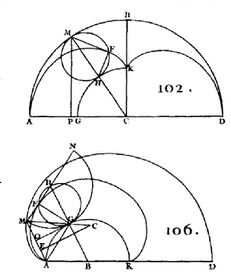Very recently it has been announced that the Journal de l’École polytechnique (JEP), has been relaunched last year, with a first a paper appearing a couple months ago (they say it had existed during the period 1795-1939 and that it’s where Poincaré published Analysis Situs for instance.)
Apparently the aim is for it to become a high prestige journal:
It aims at reaching the best level, when compared to international mathematical journals, in all domains of applied and fundamental mathematics.
It is hosted by Cedram.org, and is published under the Creative Commons license BY-ND. It is effectively diamond open access since it does not charge a fee to anybody (authors and readers alike).
One minor, strange, point is that (see their copyright section):
Access to the database containing the bibliographical references of all the articles is totally free via the “search” and “browse” functions. The database itself is the property of the Journal de l’École polytechnique, and contains elements covered by copyright. Any copy or reconstruction of a significant part of the database using data from the Journal de l’École polytechnique site is a counterfeit punished by law.
Anyway, I’ve added that journal to my list of serious open access mathematics journals that don’t charge any fees.


